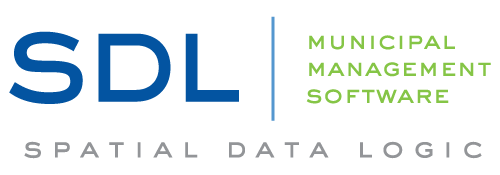Beyond Firewalls: 6 Proactive Measures for Municipal Cybersecurity
The allure of hackers targeting government entities is undeniable, given the sensitive nature of the information they house, ranging from national security data to personal citizen records. According to Lumen Technologies, government cyber attacks increased by 163% between Q3 and Q4 in 2023, averaging a 4,025% increase in attacks yearly. Since hacking is on the rise, local governments must prioritize cybersecurity measures that address technical and human vulnerabilities. Here are six key strategies local governments can employ to fortify their defenses against cyber threats:
1. Implement Technical Safeguards
Municipalities should prioritize implementing robust technical measures to secure their digital infrastructure. This includes adopting advanced encryption protocols, enforcing multi-factor authentication, and conducting regular security audits. Local governments can create a formidable barrier against unauthorized access and data breaches by leveraging cutting-edge technologies.
2. Prioritize Regular Updates and Patch Management
Outdated software and unpatched vulnerabilities create entry points for cyber attackers. Local governments must establish robust protocols for regular updates and patch management. By promptly addressing vulnerabilities, local governments can minimize the risk of exploitation and ensure that their systems remain resilient in the face of evolving cyber threats.
3. Adopt a Zero Trust Security Model
Embracing a zero-trust security model involves verifying the identity of anyone trying to access municipal networks or data, regardless of location. This approach assumes that threats may exist inside and outside the network, requiring continuous authentication. Local governments can minimize the risk of unauthorized access and data breaches by adopting a zero-trust framework.
4. Cultivate a Culture of Cybersecurity Awareness
Human error remains a significant vulnerability in the cybersecurity landscape. To mitigate this risk, local governments must invest in comprehensive training programs to educate employees about cyber threats. By fostering a culture of cybersecurity awareness, staff members become the first line of defense against social engineering, phishing attempts, and other common tactics hackers employ.
5. Establish Comprehensive Incident Response Plans
Despite the best preventive measures, local governments must have well-defined incident response plans in place. In the event of a cyber attack, a swift and coordinated response can mitigate potential damage and facilitate a faster recovery. Regularly testing and updating these plans ensures that internal teams are well-prepared to handle various cyber threats effectively.
6. Forge Alliances with Private-Sector Cybersecurity Experts
Local governments can tap into the expertise of the private sector by forming alliances with cybersecurity professionals. Collaborating with industry experts provides access to specialized knowledge and resources, helping to stay ahead of the latest cyber threats and adopt cutting-edge security solutions.
The complex and high-stakes nature of government operations makes them prime targets for cyber attacks. However, government organizations can significantly reduce their vulnerability to hacking by implementing a multi-faceted cybersecurity approach that combines technical measures, employee training, collaboration, and proactive maintenance.
Spatial Data Logic’s team of experts understands the government cybersecurity landscape. SDL Connect is safeguarded from cyber attacks and takes measures to keep your data protected. If you have any questions or concerns about your municipality’s cybersecurity, click the link below to schedule a 15-minute consultation.

